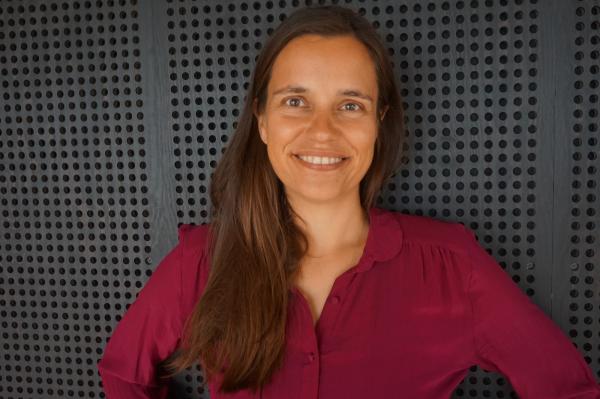Laser device helps Parkinson’s patients walk independently and avoid falls
By Chris Welsch
Lise Pape’s mission is to bring mobility and independence to people battling Parkinson’s disease or other issues.
The coronavirus crisis has driven home the importance of this type of assistance.
“In my personal network, I knew someone who had a fall at home, not because of Parkinson’s but just due to general ageing, and this individual went to the hospital, and at the hospital got infected with COVID-19 and unfortunately passed away a week later,” Lise says. “It was devastating.”
Lise’s company, Walk With Path, based in Britain, has developed a device called Path Finder that attaches to shoes and uses a small laser light to project a horizontal line in front of people with each step. It helps people with Parkinson’s overcome “freezing of gait’’ – a feeling that the foot is glued to the ground, which can lead to falls. The projected light provides a visual rhythm that alleviates the symptom.
Stimulus for the feet
The company is developing a second device called Path Feel, designed to help people with neuropathy or other issues that make it difficult to know when one’s foot is firmly down on the ground. These insoles vibrate when the user puts weight on a foot, providing stimulus that helps them know where their foot is and that it is down. Lise says studies have shown that the device improves balance. Path Feel will be further studied with diabetes patients in association with Manchester Metropolitan University later this year.

Lise Pape was inspired to create mobility devices because her father has Parkinson’s disease
Walk With Path is a winner of the European Investment Bank Institute’s annual Social Innovation Tournament. The tournament supports entrepreneurs who are making an impact on social, ethical or environmental issues in their communities.
During the COVID-19 crisis, Walk With Path is focusing on helping clients stay safe at home.
“It’s good for many of our users to avoid hospitals right now and be safe and mobile at home,” Lise says. “It’s more important than ever.”
Improving quality of life
Walk With Path has contacted all its Path Finder users and encouraged them to get in touch with the company if they are having challenges with the device. The company has a former occupational therapist on staff who is fielding calls, helping clients get the most out of the device and providing general safety advice.
Lise, who studied innovation design engineering at the Royal College of Art and Imperial College, was inspired to create Path Finder because her father has Parkinson’s, and she wanted to find a way to help him that didn’t have side effects.
“It’s very difficult to see when someone you know closely is losing their independence and their quality of life is being reduced,” she says. “I wanted to use that as an opportunity to create something that wouldn’t have any negative consequences.”